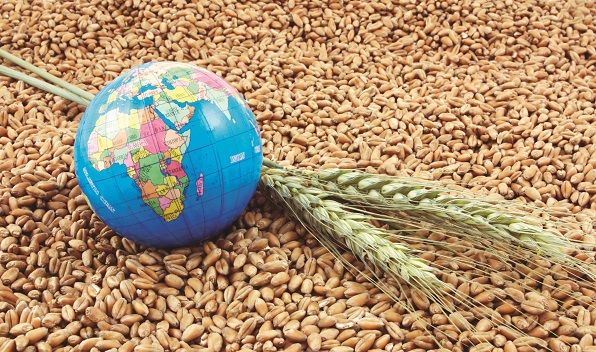When it comes to analysing the investment benefits of sustainable business approaches, the success of some initiatives are easier to measure than others.
For investors in funds aligned to the United Nations’ sustainable development goals (SDGs), the benefits of goal number 12 – which targets responsible consumption and production – can sometimes be tricky to quantify. Particularly, when it comes to understanding why they should care about food waste.
However, on Monday, the European Commission underscored the benefits of doing so, claiming that food businesses which invest in reducing waste in their production processes stand to make a staggering 14:1 return on their investment over the long-term.
“The business case for food waste prevention is convincing,” said the European Commission’s Jyrki Katainen, vice president for jobs, growth, investment and competitiveness.
Katainen was addressing delegates at the EU Platform on Food Losses and Food Waste. The Commission’s vice president went on to explain the motives behind a new delegated act, which will eventually require that member states monitor the level of food waste and take steps to manage it.
“In food waste, as in life, what gets measured, gets managed,” Katainen said. “To be able to promote circularity in the food chain, we need to know where, what, how much and why we are losing food resources. We are making the decisive step to get this knowledge.”
Investor benefits
As part of wider research efforts to understand the financial benefits of the circular economy, asset managers have been looking at why they should pressure companies to do more in this area.
In November, Rabobank released a report suggesting that European food and agriculture companies stand to save up to €10bn by embracing technology that assists in reducing waste in the food chain.
“European companies could save €5bn euros a year by introducing innovations in the field of harvesting and post-harvest storage,” explained Paul Bosch, food & agriculture supply chain analyst at Rabobank.
“They also stand to save another €2.5bn euros through food packaging innovations and €2.5bn more through monitoring the freshness of products more effectively.”
The findings by Bosch are echoed by numerous other financial analysts who have reached similar conclusions.
“We have pushed for a formal waste reduction programme to reduce food waste in supply chains and stores, while also engaging on a more sustainable approach to packaging,” said Emma Berntman of Hermes EOS.
“Food waste is an area which the large chains have understandably latched onto due to its high visibility to consumers.”
Berntman explains that emerging technologies are increasingly offering businesses the opportunities to make cost-savings. She says shipping companies, for example, are now able to reduce the amount of damaged food in transit by improved controlled environments which offer companies remote access to the conditions inside the containers.
Investing in the trend
Investors keen to harness this specific trend have myriad options. The Impax Food & Agriculture Strategy was launched in December 2012 and has so-far amassed assets of £633m (€736.8m). It targets investments in sustainable food companies and in businesses that can demonstrate innovation in resource efficiency and nutrition.
Alternatively, there is the Luxembourg-domiciled Pictet Nutrition fund, launched in 2009, which aims to invest in shares of companies in “nutrition-related sectors” with a focus on those businesses which are targeting improving the sustainability of production.
Sarasin & Partners, also offers a Food & Agriculture Opportunities fund, which is focussed on innovative trends in farming and the global food economy. Broader funds which focus specifically on agricultural practices are also available from Allianz, Amundi, BlackRock, DWS, KBI and Schroders.
For more insight on sustainable investing please click on www.esgclarity.com







